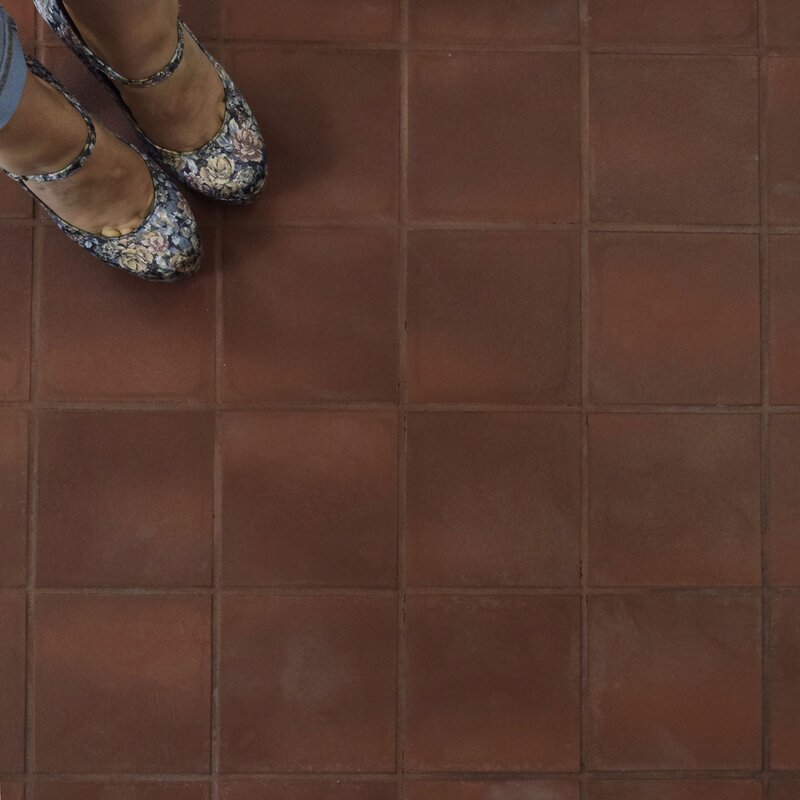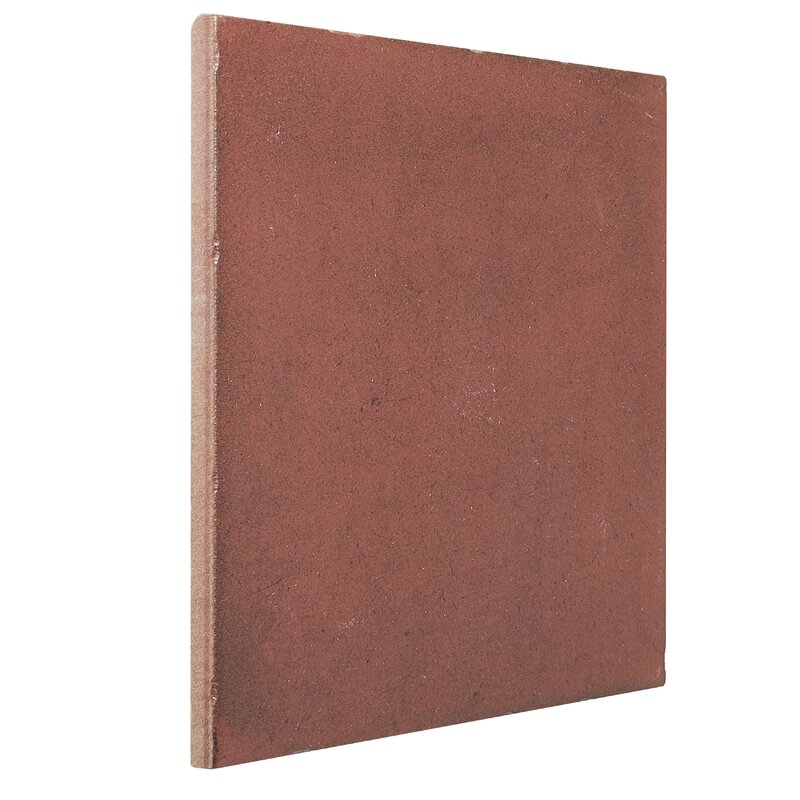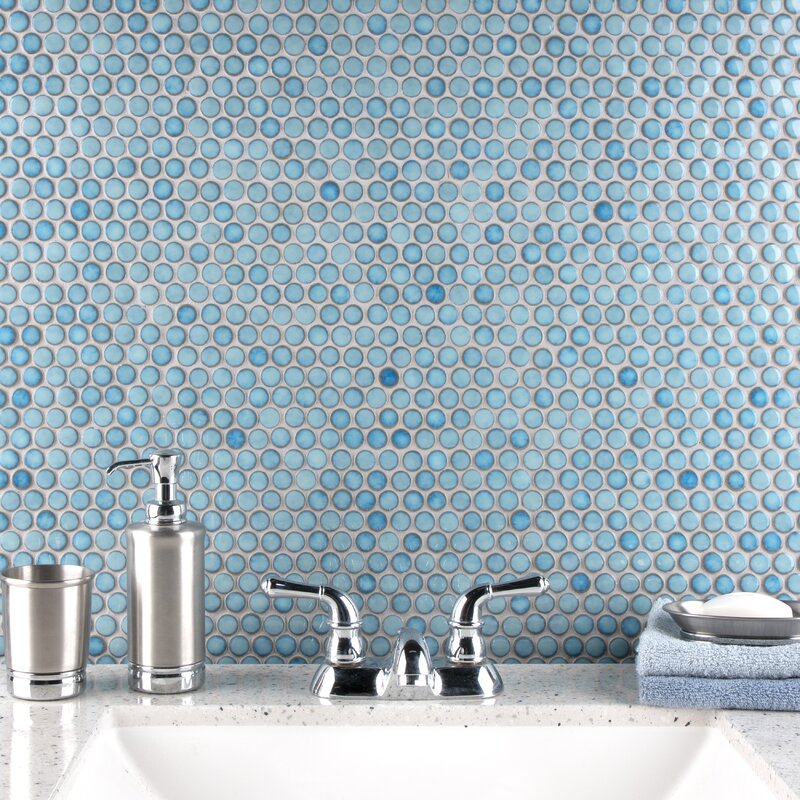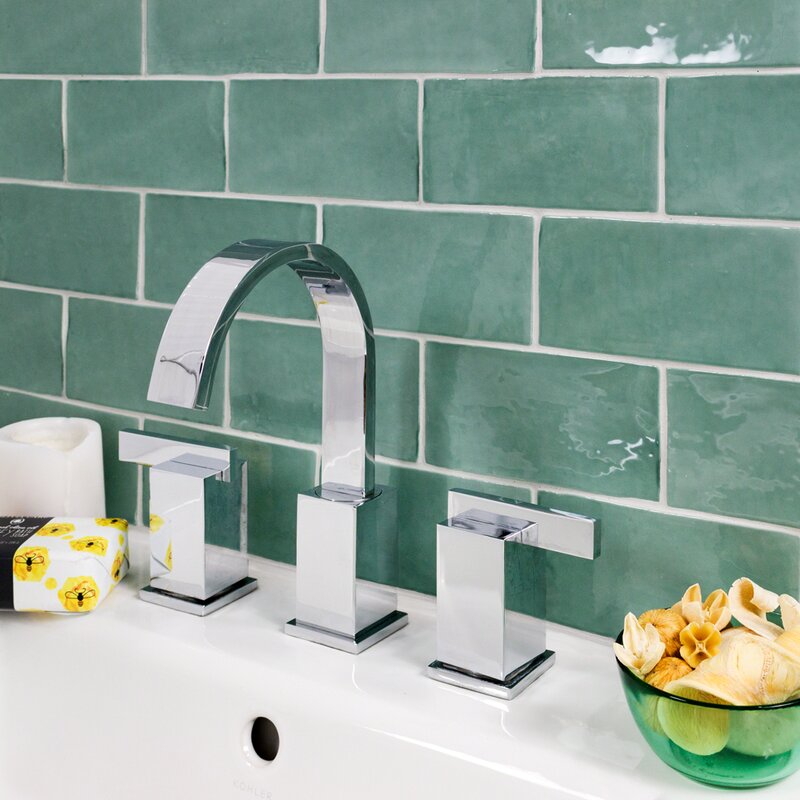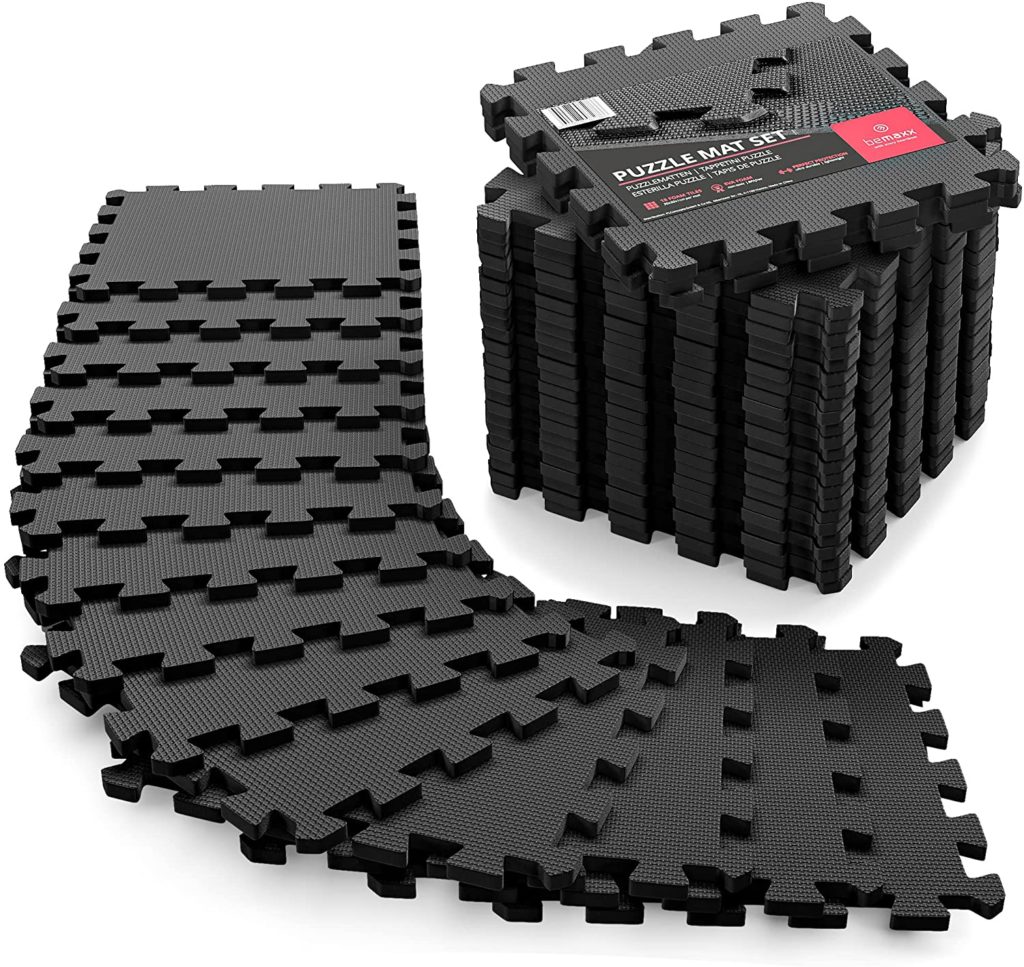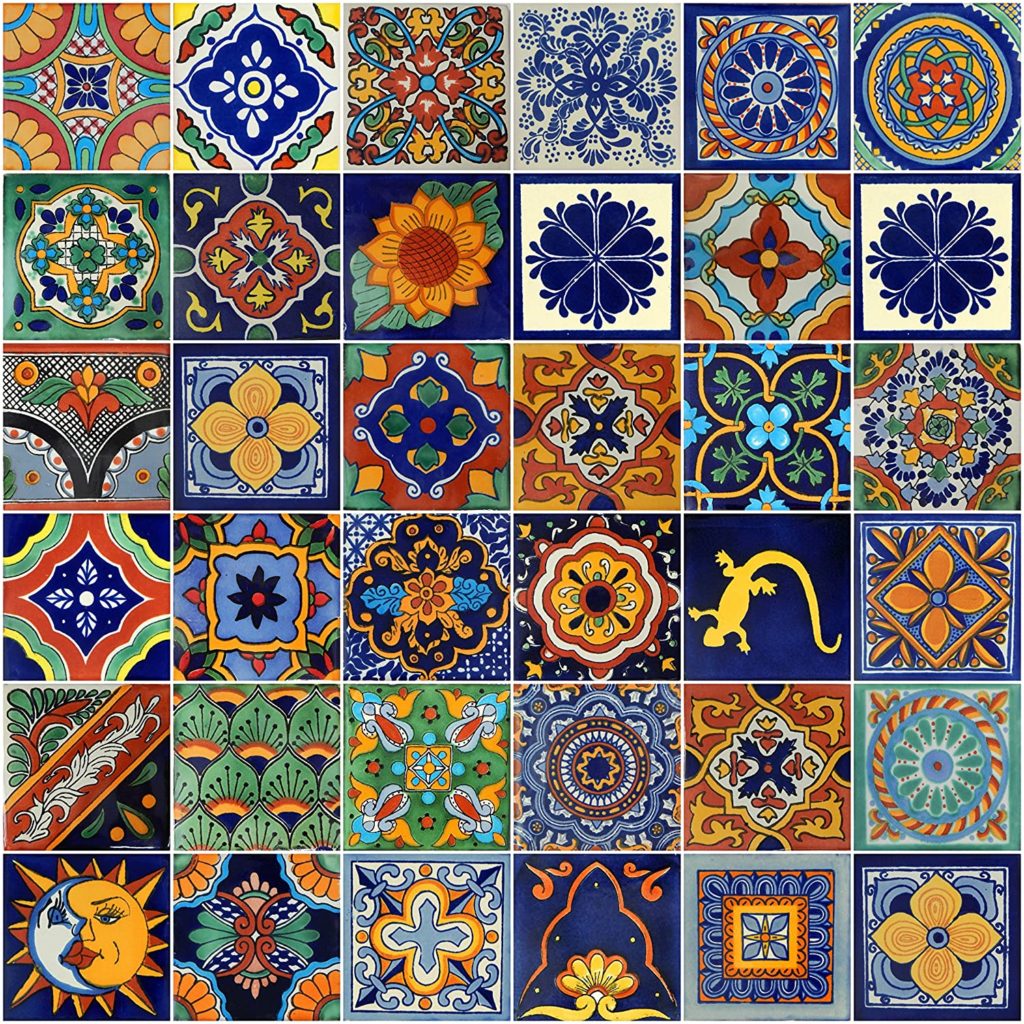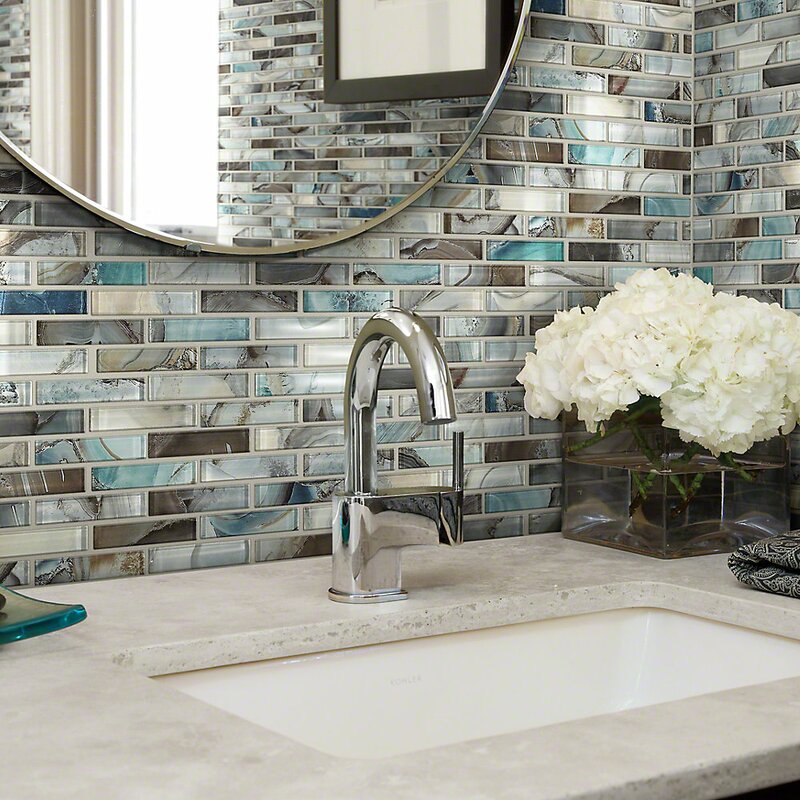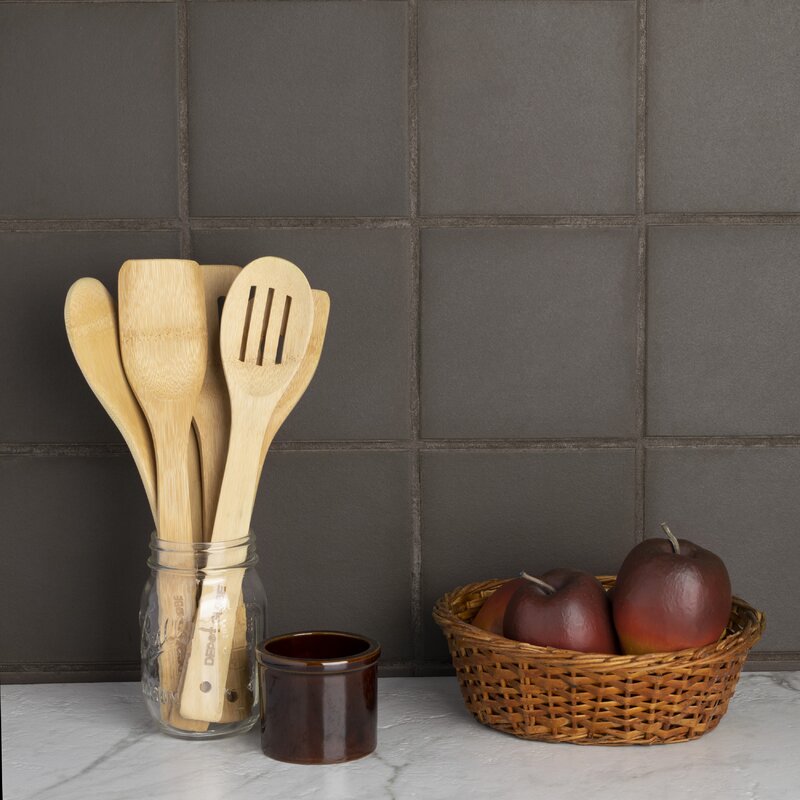
Tough, stain-resistant, and economical, quarry tiles are a winning choice for anyone who wants a rustic style space. Here’s everything you’ll need to know in order to get started with them properly.
The Basics
In the past quarry tiles were cut from actual quarried stone. These tiles were cut down and ground into uniform sizes. Nowadays however they are manufactured in a very similar method to how bricks are made. By using natural materials such as clay and shale and firing them at very high temperatures in a kiln they do however look very similar to the tiles of the past.
Because they are fired at such high temperatures it makes them very hard, durable, and also resistant to water absorption and staining. Typically they are vitreous (absorb only .5% to 3% water) but can also be semi-vitreous (absorbing between 3% to 7% water). Quarry tiles are generally left unglazed for a more natural-looking surface.
Sizes And Shapes
Most tiles range from ½” to ¾” in thickness and are square or rectangular but there are also hexagonal quarry tiles too. Square and hexagonal options are generally from 4” to 12” while popular rectangular sizes are 3”x 6” and 4” x 8”.
Color Choices
Unlike other tile materials such as porcelain or ceramic which are available in an enormous range of colors, normally these tiles come in earth tones. Red quarry tiles are probably the most popular but there are also different shades of grey, brown, and even black. The color of the tile is a result of the materials used.
For example, while red and brown quarry tiles usually have a shale base, grey quarry tiles have a base that is more clay. And while most tiles are made to be uniform in color some are manufactured to have color variations between them.
Finish Options
Most often traditional quarry tiles are sold with an unglazed finish which helps add to their natural appearance and grip. However, tiles can have a glazed finish as well which are more appropriate for modern installations. For even more grip, particularly for use in commercial applications, there are what are known as anti-slip quarry tiles. These are unglazed and have an added abrasive grit that is embedded in their surface.
Uses
While they definitely can be used on the wall or on countertops, quarry tiles are usually installed on the floor in areas where you’d like something tough that also creates a rustic look. Therefore they are ideal for heavy traffic areas such as kitchens, hallways, and entryways. Because they have a natural grip which can help to prevent slips and falls even in wet conditions many homeowners use quarry tiles for steps and in bathrooms.
Their durability also allows them to be used outdoors where they are popular on walkways and patios. And they can be installed in areas that receive extreme weather. An added bonus of course is that their earth tone colors happen to blend very well visually with outside spaces. Since they do have grip, are resistant to water, and can stand up to routine power and steam washing quarry floor tiles are usually the material of choice in commercial kitchens and food-processing plants too.
Reclaimed Quarry Tiles
Instead of purchasing new tiles, some consumers like to purchase them second-hand, particularly in the UK. These vintage tiles can be found from as far back as the Georgian era but Victorian quarry tiles are much more common since this time period lasted until 1901.
Installation And Sealing
Laying quarry tiles is done in the same manner as standard tiles, they don’t require any special method. However, you will want to be sure to use a thinset tile adhesive regardless of whether you are installing them on the wall or the floor. While you may have heard differently, you don’t have to seal quarry tile. That’s because they are so dense and have such a low absorption rate.
For normal use, while it’s not a must, using a sealant will help to prevent staining of the tiles and the grout. For areas that will receive high traffic, a lot of moisture, or will come into contact with things like oils or grease such as in a kitchen for example using a sealer is recommended. When sealing you will want to apply the sealant to our tiles before you grout in order to help make cleaning up the excess grout easier.
A second coat can also be applied over the grout and tile for further protection. A top coat sealer is usually the best type to use with quarry tile. Keep in mind that you may need to periodically reseal your tiles every few years depending on how heavily they are used.
How To Clean Quarry Tiles
In order to keep these tiles looking new, you’ll first want to give your floors a good sweeping or vacuuming to get rid of dust and debris. Next, mop the floor using hot water and a neutral tile cleaner. Then rinse your floor with water. Distilled water is preferred since tap water can have a high mineral content which leaves deposits. And lastly, dry it with a towel. For outdoor tiles, you can always use a power washer for getting rid of stubborn grime and excess dirt.
That’s it, you now know the basics for success with quarry tiles. For a rustic look along with a host of other benefits, this unique option is a choice well worth considering!
Penny Tile 101: Everything You Need To Know About This Little Known Favorite!
Buy on Wayfair Penny tiles, as their name suggests, are round and penny-sized. Also known as penny rounds, these tiles have been available for decades, but their use has been so limited that many people are now encountering them for the first time. Today, the style is...
Tile Patterns: The Ultimate Quick Read Beginner’s Guide, Including Secrets of Tile Professionals Revealed!
Buy on Wayfair Tile patterns can dramatically enhance the look and feel of any space. They each offer something truly different. Yet many only work in certain places and for a specific purpose. So you’ll need to know the basics of each if you want to get outstanding...
Rubber Tiles Made Easy!
Buy on Amazon While rubber tiles are not known for their beauty or stunning appearance, that’s not what they’re built for. Instead, these tiles are all about function. So here is your complete guide to this helpful flooring option. Safety The reason most people...
2 Exciting,Unique,Yet Inexpensive Mexican Tile Backsplash Ideas!
Buy on Amazon A simple tile backsplash can change the way an entire room is viewed. It can not only serve to bring out and accentuate the existing colors in a room but it can be used as the focal point of the entire room as well, drawing and focusing the attention of...
Backsplash Tiles: A 5 Minute Crash Course
Buy on Wayfair Choosing the correct backsplash tiles can help accentuate the design of your kitchen or bathroom, create an interesting focal point, add color, or even bring the room together. While their original function was to protect the vulnerable walls behind...
